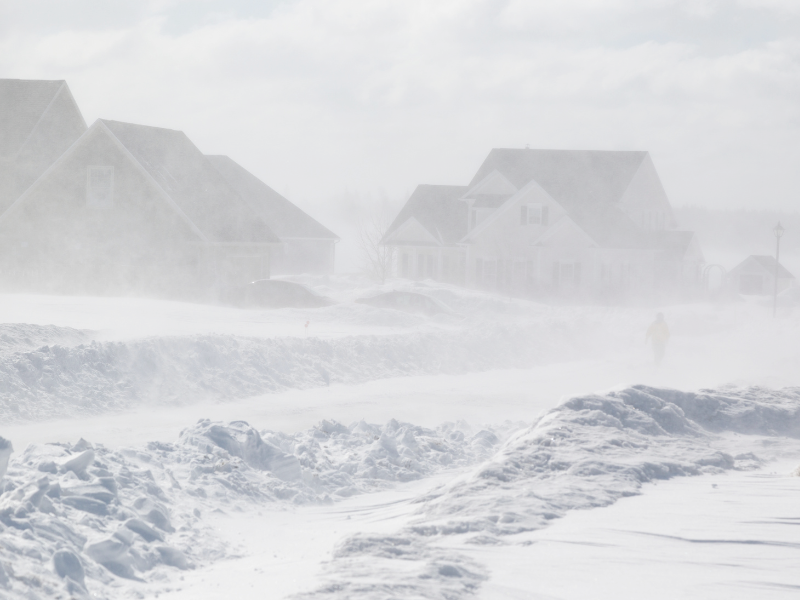Winters can be harsh, and ice storms can quickly turn a scenic snow-covered landscape into a dangerous environment. Freezing rain coats everything with ice, making roads, trees, and power lines hazardous.
Ice Thickness and Impact
- 1/4 inch: A light coating of ice, mainly a nuisance for roads and tree branches.
- 1/4 to 1/2 inch: Disruptive, causing potential power outages and road hazards.
- 1/2 inch or more: Crippling, with tree limbs and power lines snapping under the weight.
Historical Ice Storms
On January 26, 2005, Versoix, Switzerland, faced a massive ice storm with 70 mph winds and temperatures around 10°F, freezing the landscape. Roads became icy rivers, and cars were completely immobilized.

Safety Tips for Ice Storms
Extreme ice storms can be life-threatening, especially in areas unaccustomed to severe winter conditions. Here’s how to prepare:
- Flashlights and batteries: Have flashlights and extra batteries ready, as power outages are likely.
- Alternative heat source: If possible, have a backup power source to keep your home warm.
- Ventilation: Ensure proper ventilation if using a fireplace or stove. Never leave flames unattended.
- Generator safety: Never use gasoline-powered generators indoors due to the risk of carbon monoxide poisoning.
- Unplug electronics: Power surges can damage electronics; unplug sensitive devices like computers and TVs.
- Preserve food: Keep the refrigerator closed to avoid food spoilage during power outages.
- Prevent pipe bursts: Drain pipes if heat is unavailable to avoid frozen pipes.
- Stock food and water: Keep enough supplies in case of prolonged isolation.
- Prepare for injuries: Have a first aid kit ready to treat injuries from falls on icy surfaces.
- Medication supply: Ensure you have a week’s supply of prescription medications.
- Dress in layers: Keep blankets and extra coats available to stay warm.
- Fuel up: Keep the car’s fuel tank full for emergencies.
- Drive carefully: Go slow on icy roads and yield to emergency vehicles.
- Keep cash on hand: Cash may be useful if card systems go down.
- Emergency contact list: Maintain a family disaster plan and keep important contacts easily accessible.
Photo Credit: Philip Lutzak
Sources: Weather.com, USA Today, FEMA












